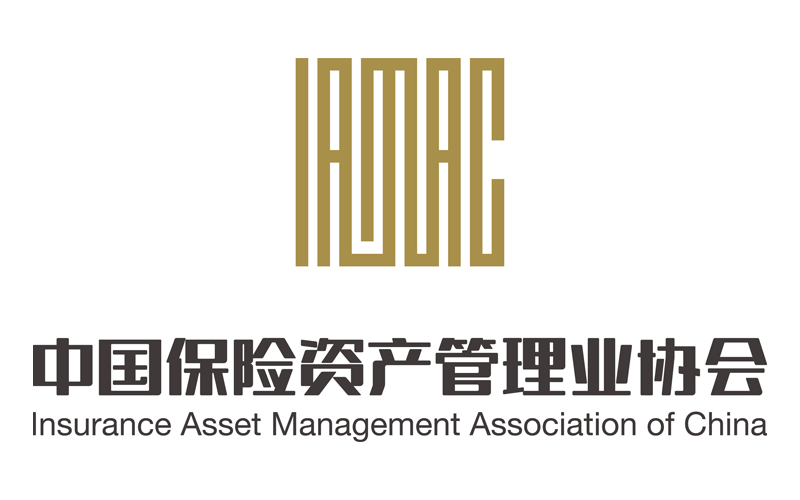Introduction to the City of London
Introduction to the City of London
1、Introduction about City of London
The City of London,is also known as the Square Mile, the financial district and historic centre of London. It is one of the 33 areas with local authority responsibilities into which London is divided. Administratively, London is divided into 32 boroughs and the City of London. The residential population of this small area is approximately 8,000 people. However, over 500,000 people commute into the City every day for work and over 10 million visit as tourists every year.
The City of London Corporation is the governing body of the Square Mile dedicated to a vibrant and thriving City, supporting a diverse and sustainable London within a globally-successful UK. The City of London Corporation works to promote and enhance the City and London’s status and effectiveness as a world-leading global centre for finance and business. We aim to support the competitiveness and growth of City business, engaging closely with business and policy-makers on issues affecting the business environment, economic growth and the global competitiveness of UK-based financial, professional and related business services, to secure the best market, fiscal, regulatory and infrastructural environment in which innovation and enterprise can flourish.
Issues that have an impact on UK financial services are a key focus for our work, and these include:
· taxation
· regulation, including corporate governance and the development of the UK’s regulatory architecture
· the availability of skills and access to talent
· infrastructure and transport
· funding for SMEs and challenges and opportunities for financial services in financing economic growth
· the development of innovative areas of business such as fintech, green finance and cyber security
2、History of City of London
There’s nowhere quite like the City. Not only is it the oldest, most historic part of London, it is the world’s leading international financial and business centre with the unusual ratio of 33 times more workers than residents; it also has its own unique system of administration and is not classified as a “borough”, but is a small district at the heart of the capital. Established soon after the Romans invaded Britain in AD43, the City - or 'Square Mile' as it has become known - is situated at the very heart of London and is the place from which modern-day London grew.
The City of London developed a unique form of government which led to the system of parliamentary government at local and national level. Its constitution is rooted in the ancient rights and privileges enjoyed by citizens before the Norman Conquest in 1066. The right of the City to run its own affairs was gradually won as concessions were gained from the Crown. London's importance as a centre of trade, population and wealth secured it rights and liberties earlier than other towns and cities. From medieval to Stuart times, the City was the major source of financial loans to monarchs, who sought funds to support their policies at home and abroad. In early times London was two cities – the trading and residential City of London and the royal, administrative and religious West-minster. As London grew, the City specialised in trade. Before the Industrial Revolution, London had grown into the world leading financial center, and the City of London was the core area of the center.
3、The Lord Mayor of the City of London
The Lord Mayor of the City of London is an international ambassador for the UK’s financial and professional services sector. The UK is the leading exporter of financial services across the world, with a trade surplus of £72bn. London houses more foreign banks, and accounts for more international bank lending, than any other centres.
The UK also offers exceptional maritime services, Islamic finance, legal services, insurance, education, and infrastructure financing and delivery. Together, financial and professional services employ over 2.2m people across the UK, including 1.4m outside London. There are plenty of good stories to tell and it is the Lord Mayor’s job to tell them, at home and abroad.
The Lord Mayor also heads the City of London Corporation. Together with other leading members of the City Corporation he/she makes sure that the City’s interests are reflected in local and national policy. Within the City only the Sovereign takes precedence, and outside the City the Lord Mayor’s status is on a par with that of a cabinet minister. He hosts hospitality for visiting heads of state and foreign dignitaries on behalf of the Sovereign and the government.
Different roles between Lord Mayor and the Mayor of London
Although we are based in London and work closely with the Greater London Authority and office of the Mayor of London, we are distinct organisations with separate responsibilities. The roles of the Lord Mayor and the Mayor of London are often confused. I would like to make an explanation about two different roles.
691st the Lord Mayor, Peter Estlin (2018/9)
The Lord Mayor is the head of the City of London Corporation, based in the historic financial district of London which is also known as the Square Mile. Elections take place annually and this role supports and promotes the UK’s financial and professional services and the City of London as a place to do business.
The Mayor of London, Sadiq Khan
The current Mayor of London is Sadiq Khan, who leads the Greater London Authority (GLA) and is responsible for the strategic governance of Greater London. Along with the London Assembly of 25 members, Sadiq Khan is accountable for pan-London issues which include transport, economic development, policing (outside the City of London), civil defence and fire services, planning and the environment. The Mayor's revenue raising powers include public transport fares, the central London congestion charge and a precept collected from London’s Council taxpayers.
4、Chair of Policy and Resources Committee
Another key figure of the City of London is chair of Policy and Resources Committee, which is responsible for the City Corporation’s governance arrangements, recommending its strategic priorities, agreeing policy, allocating overall resources and overseeing the City’s security and emergency planning arrangements. The Committee is also tasked with directing the City Corporation’s economic development initiatives and the activities associated with the promotion of the City of London as the world’s leading international financial and business centre (both here and abroad) and as a place within which to do business. Catherine McGuiness is the policy chair, who is also the Executive Deputy Director of Green Finance Cooperation Committee of AFCA.
5、City of London and our work in China
China continues be an incredibly important partner for London, and we are confident that London will continue to remain China’s favoured centre for business in the West. As such, at the City, our global future includes a growing link with China. The City is home to over 250 foreign banks – in recent years many Chinese banks and financial institutions have joined the London market to build their international presence.
The City of London's China programme builds long-term relationships throughout China and the UK by engaging with senior officials and regulators. We have had our China representative offices, in Beijing and Shanghai, for over 10 years. In the meantime, we also look ahead to what the next decade may bring for China and UK relationship, with focuses on Green Finance, RMB Internationalisation, Fintech and positioning London as a hub for Belt and Road infrastructure financing reflecting our commitment to furthering our collaboration with Chinese partners.
Our overall aims in China are:
To contribute practically to financial reform and market liberalisation
· To develop long term relationships between the City of London Corporation and key Chinese stakeholders
· To raise awareness of the UK’s financial sector offering
· To increase trade and investment volume between the UK and China




